What are the physical and chemical properties of natural quartz?
Natural quartz, a mineral composed primarily of silicon dioxide (SiO₂), exhibits a wide range of physical and chemical properties that make it versatile and highly valuable in various industries. Here are its key properties:
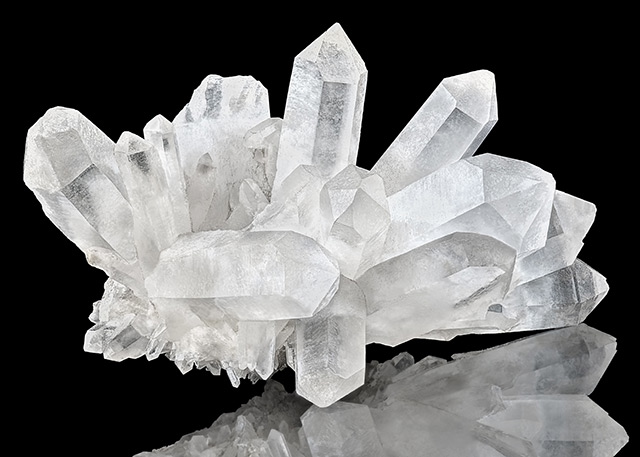
Physical Properties
- Crystal System: Hexagonal.
- Quartz typically crystallizes in the trigonal division of the hexagonal crystal system.
- Appearance:
- Transparent to opaque.
- Can be colorless, white, pink, purple, yellow, brown, or black depending on impurities (e.g., iron, aluminum, or hydroxyl groups).
- Hardness:
- 7 on the Mohs scale, making it relatively resistant to scratching.
- Luster:
- Vitreous (glassy) when polished.
- Density:
- Approximately 2.65 g/cm³.
- Cleavage:
- Lacks true cleavage; breaks with a conchoidal fracture.
- Optical Properties:
- Transparent quartz can exhibit birefringence.
- Has a refractive index of approximately 1.544–1.553.
- Piezoelectricity:
- Quartz crystals exhibit piezoelectric properties, generating an electric charge under mechanical stress.
- Melting Point:
- High melting point around 1670°C (3038°F) under normal atmospheric pressure.
Chemical Properties
- Chemical Formula: SiO₂.
- Composed of silicon and oxygen in a 1:2 ratio.
- Chemical Stability:
- Insoluble in water and most acids.
- Reacts with hydrofluoric acid (HF), forming silicon tetrafluoride (SiF₄).
- Thermal Stability:
- High thermal resistance; maintains structural integrity at high temperatures.
- Reactivity:
- Relatively inert chemically but can react under extreme conditions, such as high pressure or temperature.
- Weathering Resistance:
- Highly resistant to weathering due to its chemical stability and hardness.
Common Variants of Quartz
Quartz comes in several forms depending on its impurities and crystal structure:
- Amethyst: Purple quartz colored by iron and irradiation.
- Citrine: Yellow quartz due to ferric impurities.
- Rose Quartz: Pink quartz, often due to trace amounts of titanium, iron, or manganese.
- Smoky Quartz: Brown or gray quartz caused by natural radiation.
These properties make quartz a critical component in industries like electronics (piezoelectric devices), optics, construction (aggregates), and jewelry.
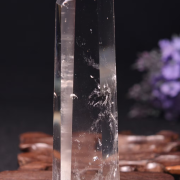
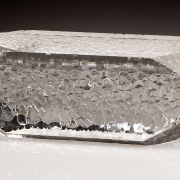
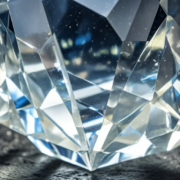
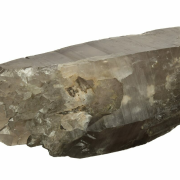
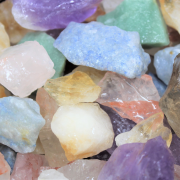
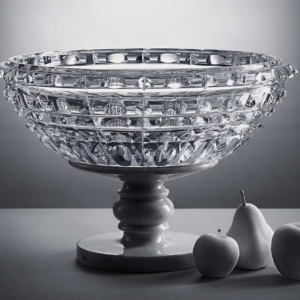

Leave a Reply
Want to join the discussion?Feel free to contribute!